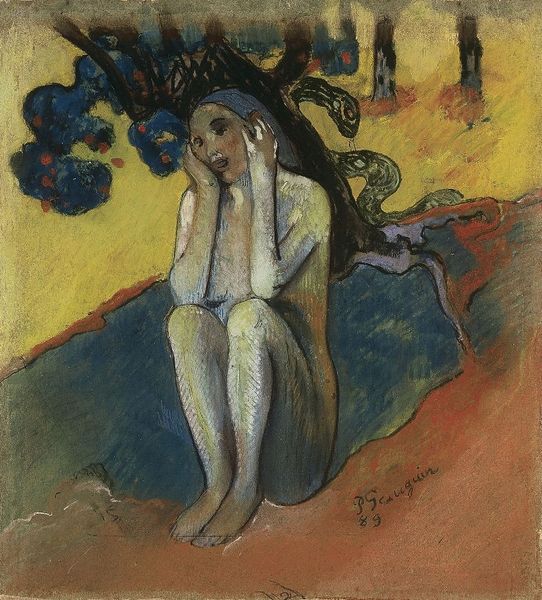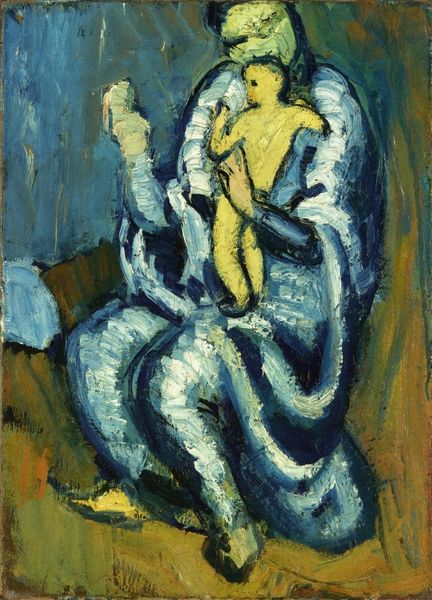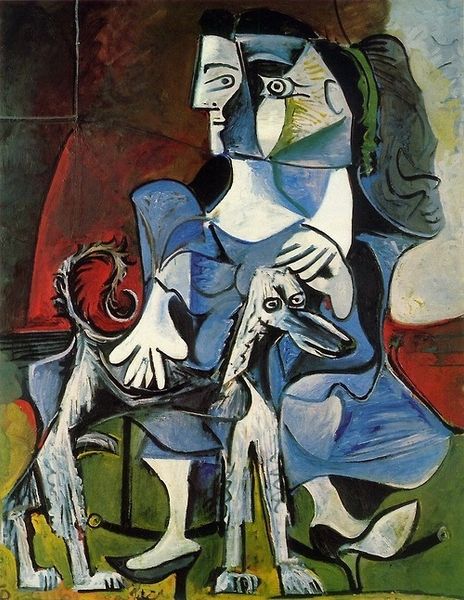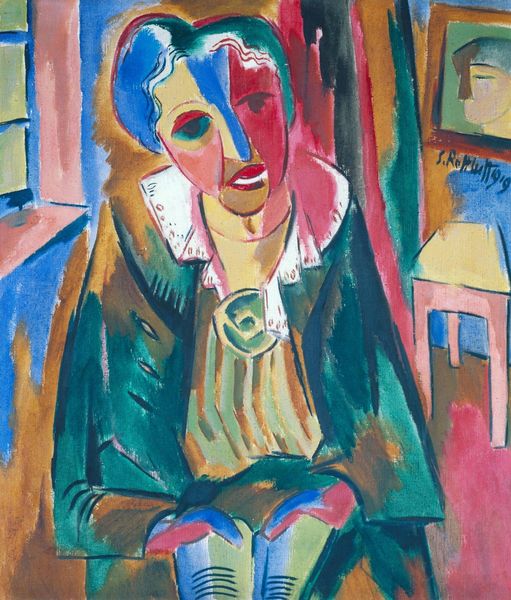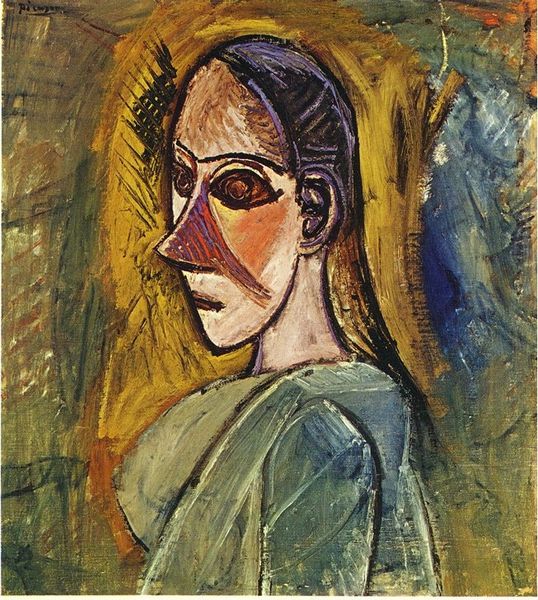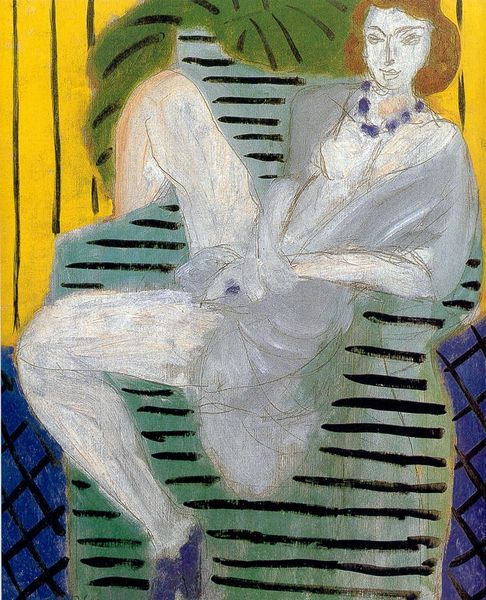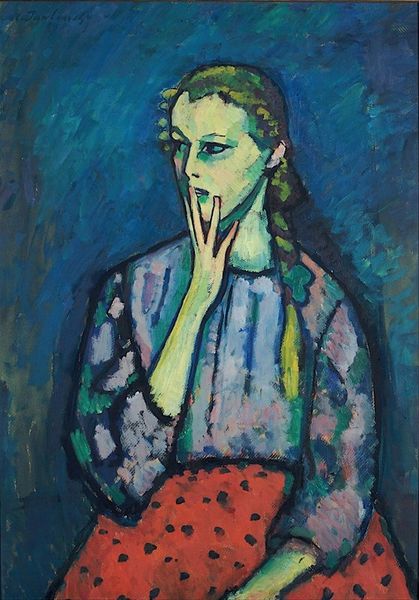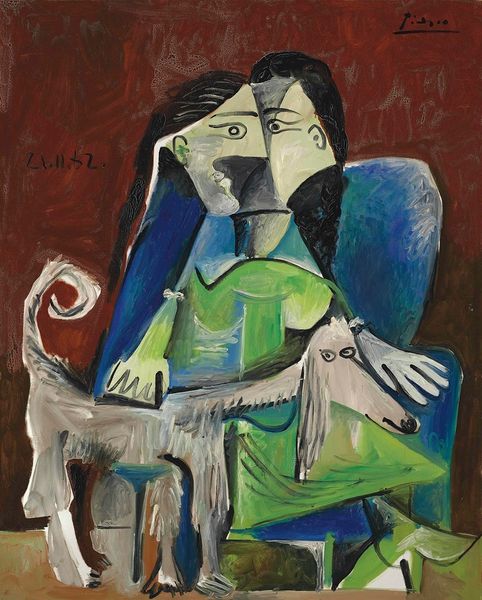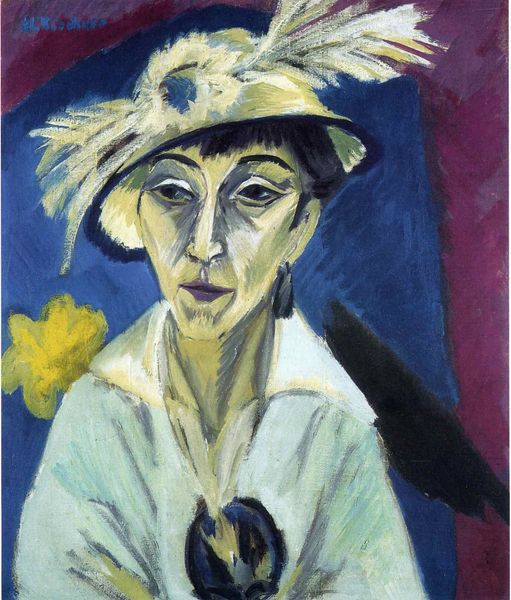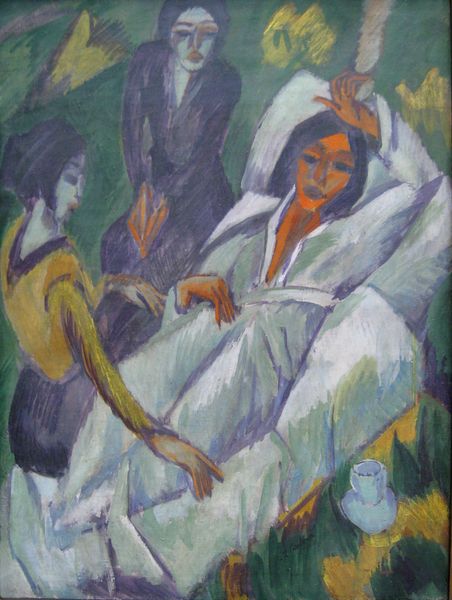
painting, oil-paint
#
portrait
#
painting
#
oil-paint
#
german-expressionism
#
neo expressionist
#
expressionism
#
portrait art
#
modernism
#
expressionist
Copyright: Public domain
Curator: This is Walter Gramatté’s “Portrait of Rosa Schapire,” an oil on canvas completed in 1920. What strikes you about it? Editor: It has a really striking, almost confrontational quality. The colors are bold, and the brushwork seems so immediate. It feels very… raw. I imagine the oil paint gave him a viscous material to sculpt with, which comes across. Curator: Gramatté was working within German Expressionism. Schapire, the sitter, was an art historian herself and a champion of Expressionist artists. Knowing that context, how does your initial impression change? Editor: Well, that gives it another layer. I see her hand resting on her face and now think more of a study – a patron perhaps contemplating artistic choices. Still, you feel the weight of material presence – like the actual pigments are trying to convey the seriousness of the artistic endeavor. I wonder, were such portraits part of some social exchange, art patronage, like commissioning craft objects? Curator: Absolutely. Schapire played a crucial role in the art world of that time. She promoted artists like Gramatté, connecting them with collectors and institutions. She essentially legitimized the movement. Look how the unsettling background almost pushes her forward; it is a powerful placement. Editor: Right! The materials almost convey meaning, too. A muddy mix to evoke what? Uncertainty? Upheaval? Curator: It is possible. And there’s that fascinating interplay of respect and subversion typical of Expressionist portraits. They were trying to convey an inner emotional truth, challenging the conventions of traditional portraiture and the academies they represented. It speaks to broader anxieties about modernity. Editor: This makes me want to think more about artists and art historians: about who had access to materials and knowledge; how it played out in these professional circles… and I also wonder if it really portrays that inner state! It's hard to say, but either way, it’s provocative. Curator: Provocative and deeply embedded in the social and intellectual currents of its time. It prompts us to ask who gets to define taste, and how artistic reputations are built, through the dynamics of patronage and market forces. Editor: It truly does, and with these tangible layers of oil, to leave one wondering how her position and wealth enabled this to come to existence in the first place.
Comments
No comments
Be the first to comment and join the conversation on the ultimate creative platform.
